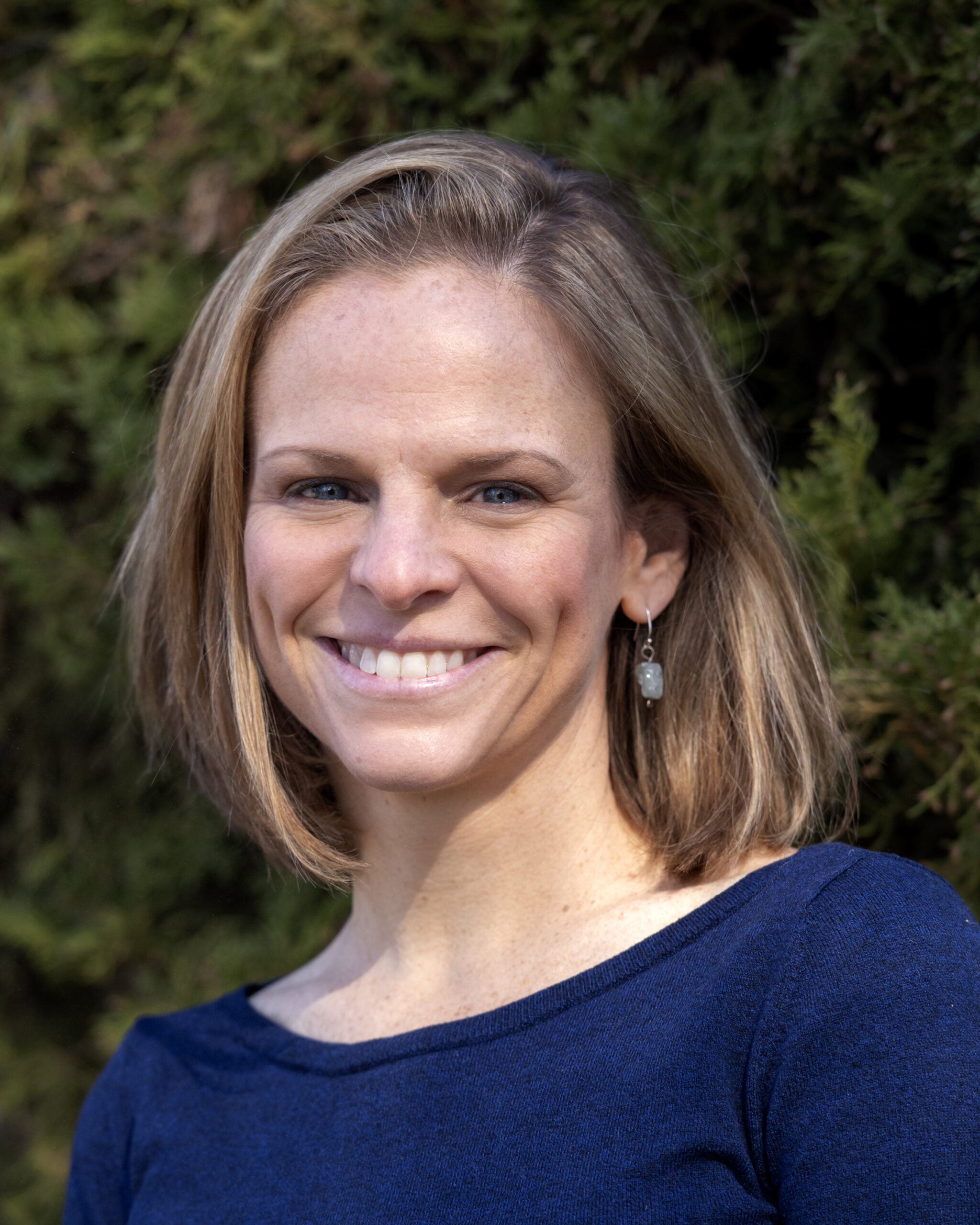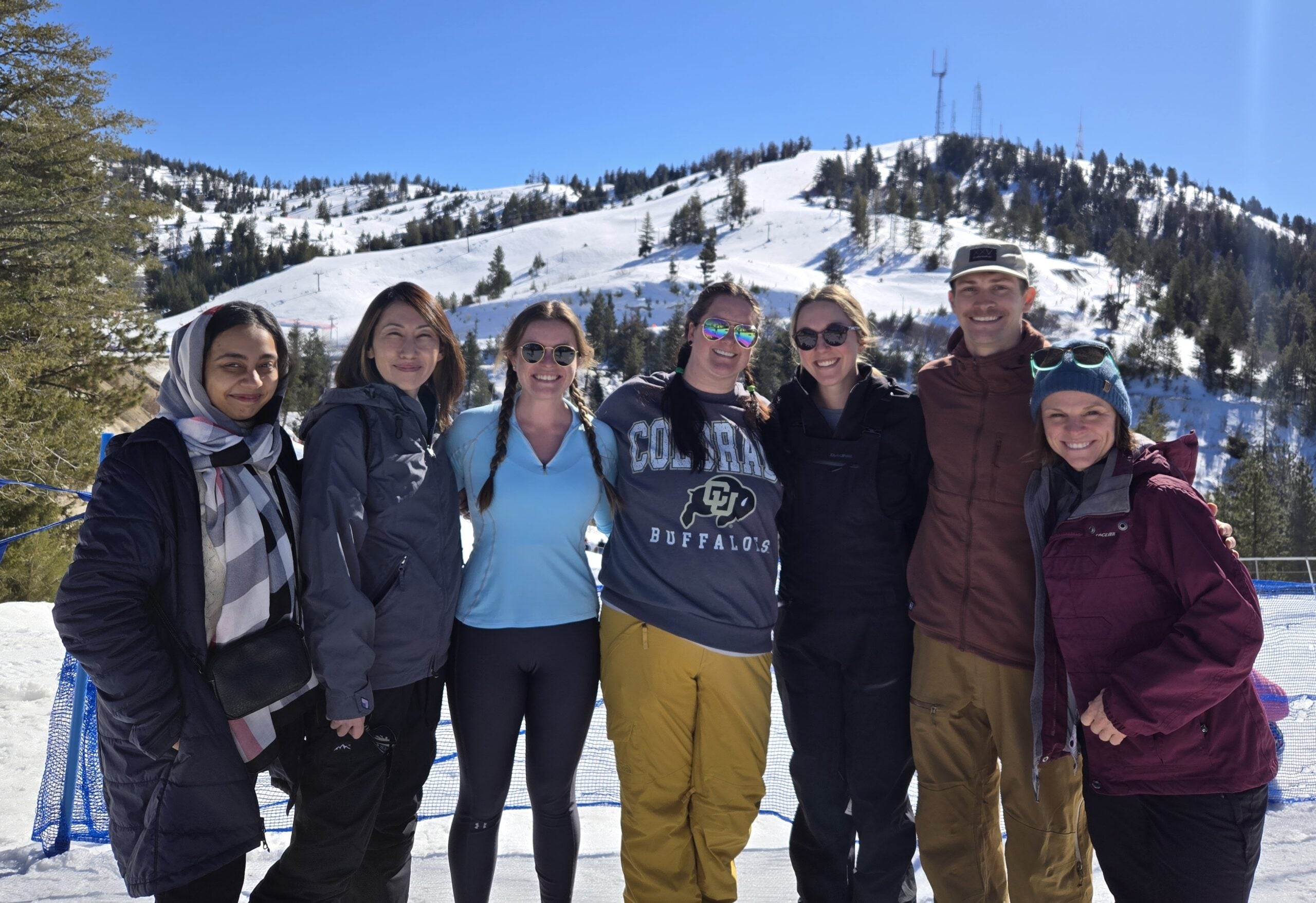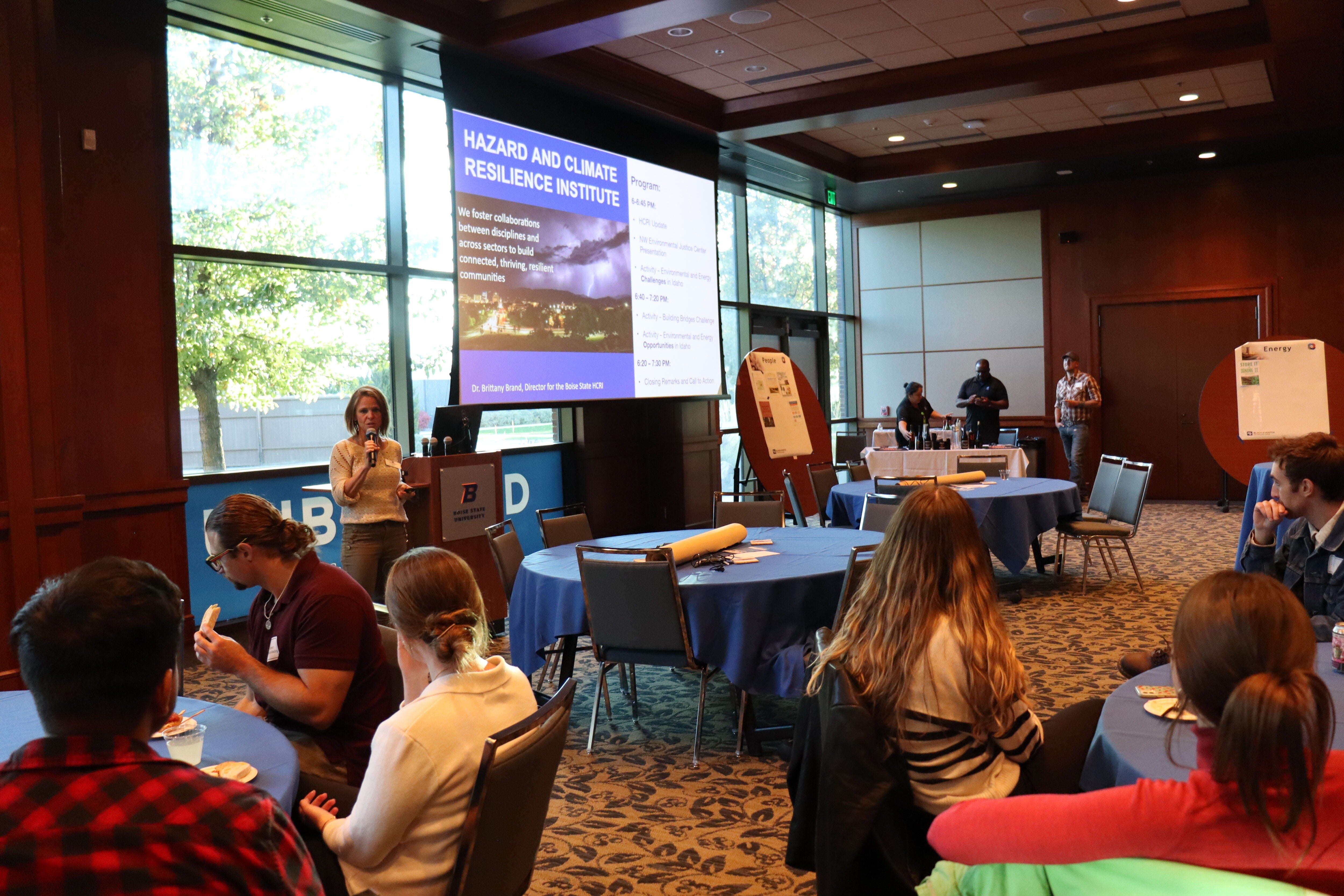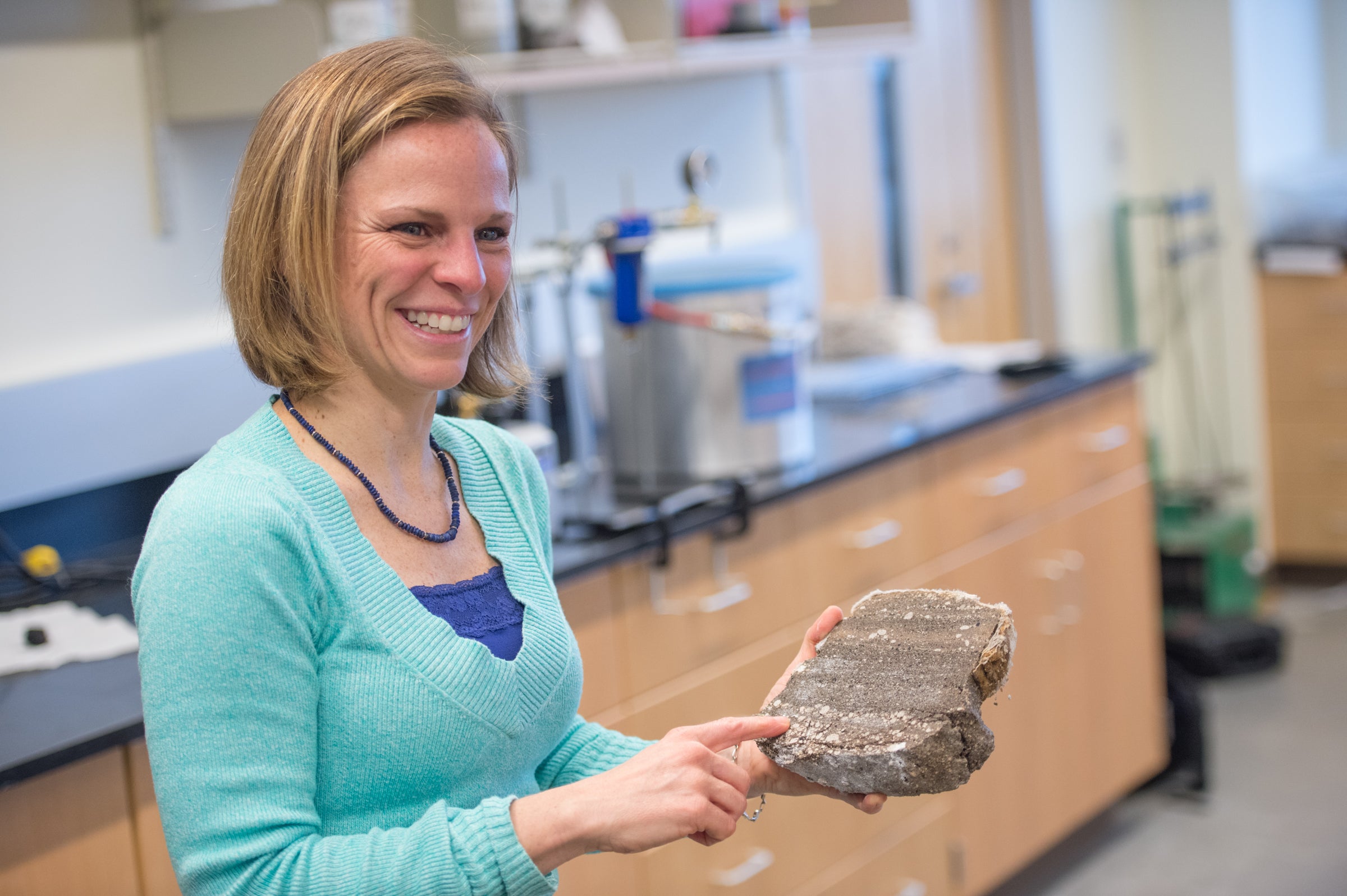
The students stood up and clapped in the middle of a geosciences classroom. For those wondering if this is normal, no. Not exactly.
Rewind to the beginning of the semester. In a course about volcanoes and society, professor Brittany Brand asked her students to help fill a surprising gap in research: how do people feel about living near volcanoes? Why stay in the shadow of something that could erupt at any moment?
Together, they designed a survey and collected responses from their communities. On the final day of class, Brand shared the results and the room erupted.
“People were standing up in the back and sides of the room,” she said. “Everybody had something to say and they were super engaged and super excited about it. At the end of the class, they clapped because they felt they did something that meant something.”
That moment lit a fire. Afterward, several students asked to keep the momentum going. Brand launched two research groups: one focused on volcanology and the other on the social dimensions of risk. It was her first step into social science and the beginning of a new path in her career.
Originally from Ohio, Brand earned her bachelor’s degree from Wright State University in Dayton. Graduate school brought her west to Boise State, where she completed her master’s degree and fell in love with the city, the university and the idea of one day returning as a professor. After earning her doctorate degree at Arizona State University, she worked as a research scientist and lecturer at the University of Washington.
Now a professor in geosciences and director of the Hazard and Climate Resilience Institute at Boise State, Brand continues to merge science and society. Her work blends geologic research with social inquiry and a deep commitment to community resilience.
“When I came to Boise State, I started looking for folks across the university that were working under this umbrella of resilience,” Brand said. “That’s why we founded the HCRI — as a platform to connect people across the university, and to link the university with the community, ensuring that our work is always rooted in community engagement.”

The institute focuses on helping communities build the capacity to adapt to change, regardless of resources or external factors.
“Our institute takes a holistic approach to community resilience. We consider all facets — the natural environment, built environment, economy, society, and health and well-being,” she said. “When we partner with communities, we strive to meet them where they are, grounded in their needs and local expertise.”
In doing so, the Hazard and Climate Resilience Institute works to minimize the environmental impacts and connect communities with the tools and resources they need to prepare for the future.
Brand’s team serves as the Idaho partner for the Environmental Protection Agency’s Thriving Communities Technical Assistance Centers program. Through this effort, they developed an “Idaho Landscape Scan” to identify the state’s most environmentally burdened communities and the issues that matter most to them.

“We provide free technical assistance on environmental and energy-related topics across the state and beyond,” Brand said. “Communities — especially rural ones — often need support. Many don’t know where to start and are often stuck in response mode rather than planning and preparation. We help facilitate that planning process, guiding them to recognize both their strengths and areas of need.”
Brand and her team use their expertise and networks to support communities in navigating change and building resilience.
To support mitigation planning, an HCRI postdoc, Zac Prevent, who is mentored by Brand, is leading the development of an Idaho resilience tool, a Federal Emergency Management Agency supported map that consolidates environmental, hazard, health, infrastructure and socioeconomic data into a single platform. The tool is designed to make it easier for communities, planners and decision-makers to access the information they need in one place.
Brand also contributes her expertise to large-scale projects such as I-CREWS (Idaho Community-engaged Resilience for Energy-Water Systems), part of the National Science Foundation’s EPSCoR initiative—Established Program to Stimulate Competitive Research. Within I-CREWS, she focuses on helping communities in the Treasure Valley envision alternative futures for energy and water resources, exploring how they might adapt to shifting access and availability, while supporting community engagement efforts throughout the project.
In all her projects, Brand is equally committed to student success. She is currently mentoring a student modeling volcanic hazards around Mount Hood, with the goal of helping nearby communities update evacuation plans and communication strategies, and another modeling holistic community resilience.
She also collaborates with partners in Ashland, Oregon, the City of Boise and Valley County to analyze wildfire evacuation behavior and improve preparedness.
“[We’re] studying how people say they would respond during a wildfire evacuation notice, and then modeling those responses within a transportation evacuation framework to understand potential outcomes,” she said. “From there, we work with decision-makers — like emergency managers — to adjust their decision timelines, improve messaging strategies, and prepare more effectively for wildfire evacuations. That includes both alerting the public and anticipating bottlenecks in the road system.”

For Brand, the work is about more than research–it’s about building lasting partnerships and creating models that others can learn from.
As communities face increasing uncertainty, Brand’s work offers a vision for what’s possible when research, resilience and relationships come together. Her science doesn’t stay in the lab – it moves into neighborhoods, informs decisions and helps people plan for the future. It’s this blend of real-world impact and human connection that continues to drive her forward.
“Yes, we’re advancing science, but just as importantly, we’re addressing real-world problems and supporting communities in finding practical solutions,” she said. “We’re building a university–community partnership model that’s grounded in collaboration and designed to be replicated across the U.S. As change accelerates, it’s critical to ensure that people — in Idaho and beyond — have the support and resources they need to adapt and thrive.”
This publication was made possible by the NSF Idaho EPSCoR Program and by the National Science Foundation under award number OIA-2242769.